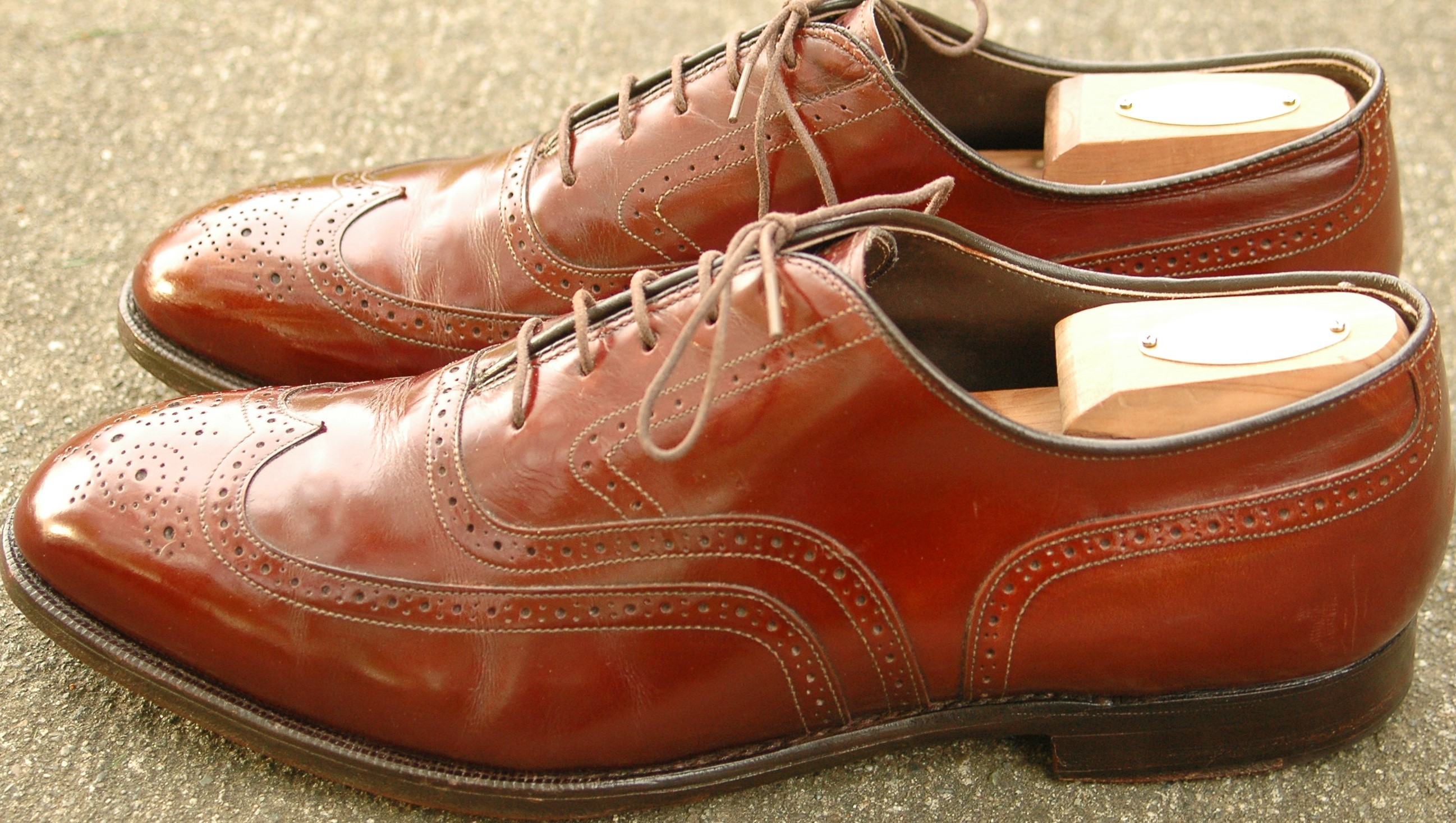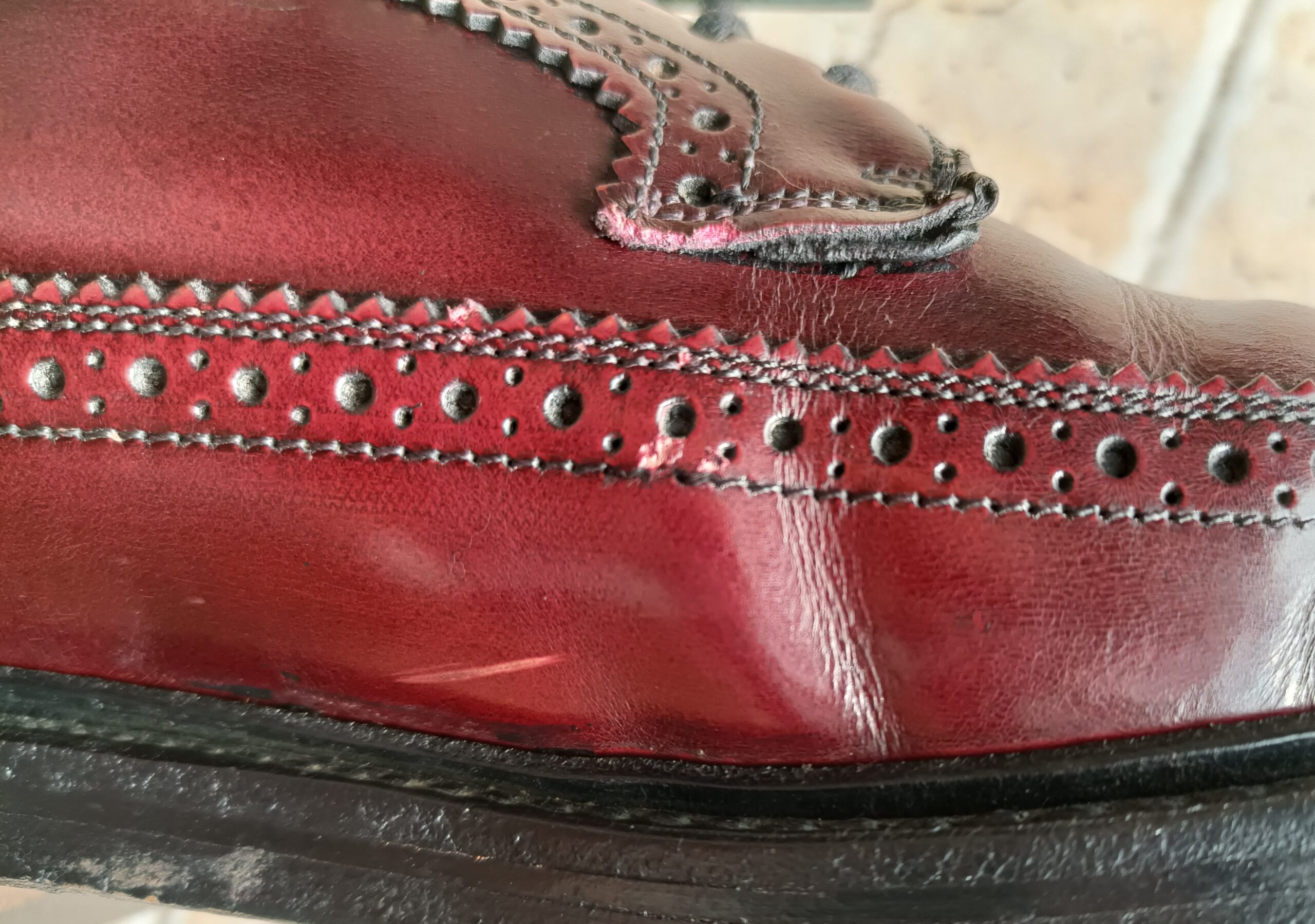Bookbinder leather has the most numerous names among all leathers, take an example, some call it corrected surface leather. Bookbinder is corrected for sure, but corrected surface leather can be other leathers as well.
I regard it the lowest leather.
The advantage of bookbinder leather is the surface actually is a layer of plastic, nothing can enter, so the substrate leather is untouched, consequently, applying any conditioner is pointless on it.
In dress shoes industry, there is one brand famous for using this leather, Church’s and it uses an ambiguous name to fool customers, Custom Calf.
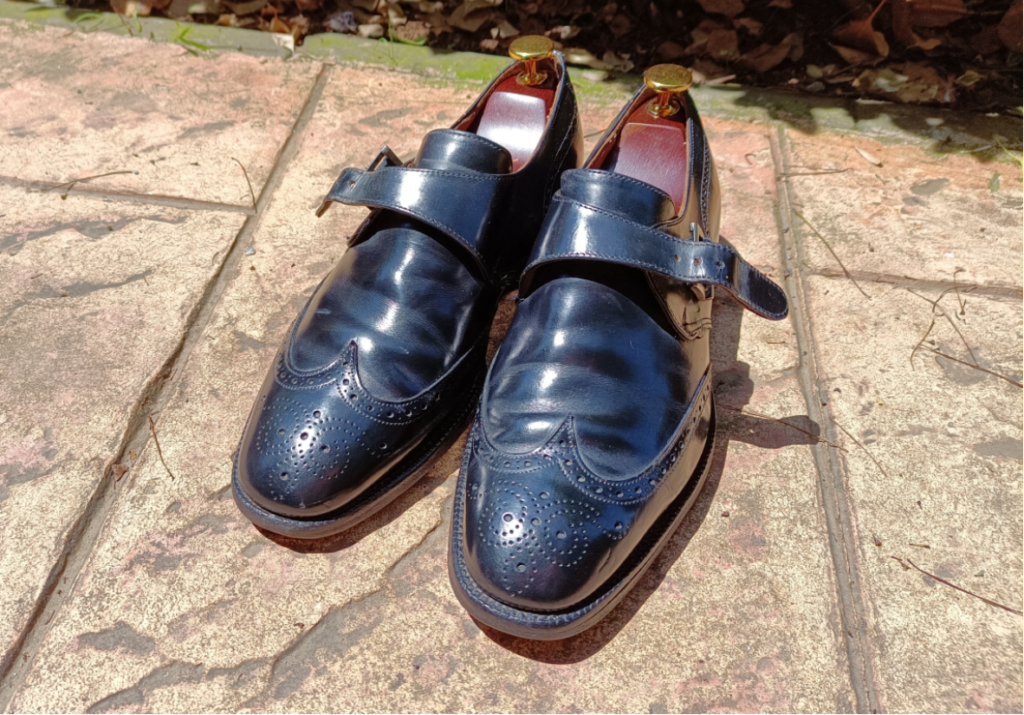
Of course, this kind of dishonest behavior was not exclusive to Church’s, Allen Edmonds uses the word Polished Cobbler, Florsheim used Heritage Calf. You can have the idea, the nobler the name is, the worse the leather.
To be fair, bookbinder has different levels. Theoretically, the substrate leather can be the top level full grain leather, but I would be very surprised that covering this wonderful leather with a rubbish plastic layer as it put pearls into dust. The lowest could be applying polymer on polymer, PU leather substrate and as a customer, you cannot judge. But mostly, the substrate leather is less pristine leather than boxcalf.
New bookbinder shoes are fantastic as its sheen is as good as shell cordovan if not better. However, once worn, the creases are quite annoying as the plastic layer does not have the wonderful ductility as leather.
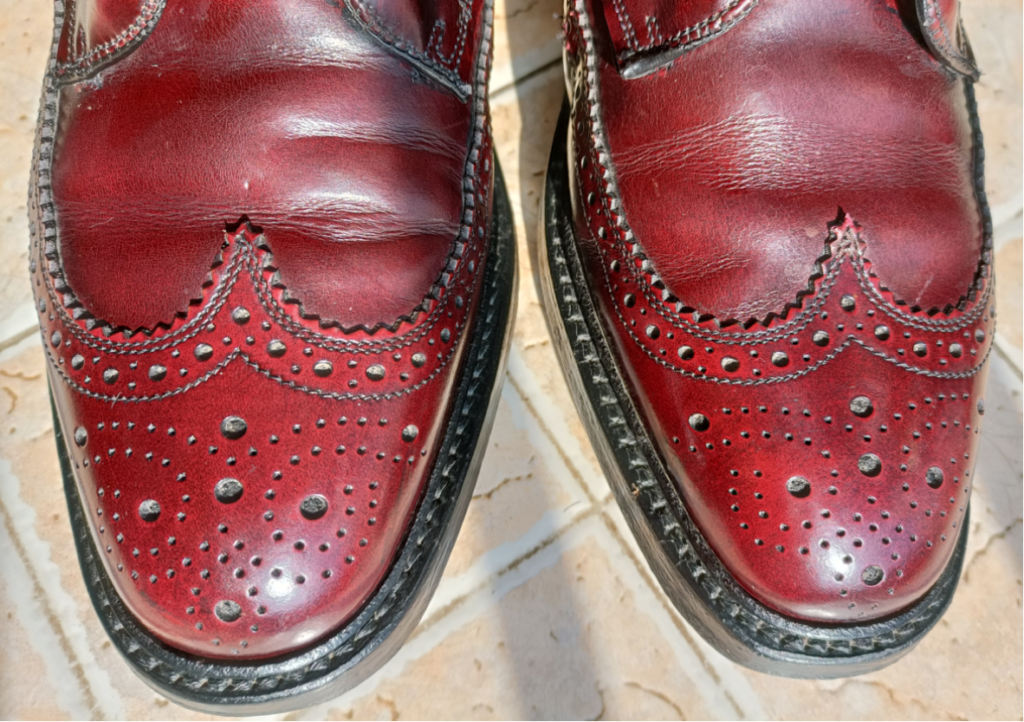
Furthermore, aged leather is what people love, but aged bookbinder is a nightmare.
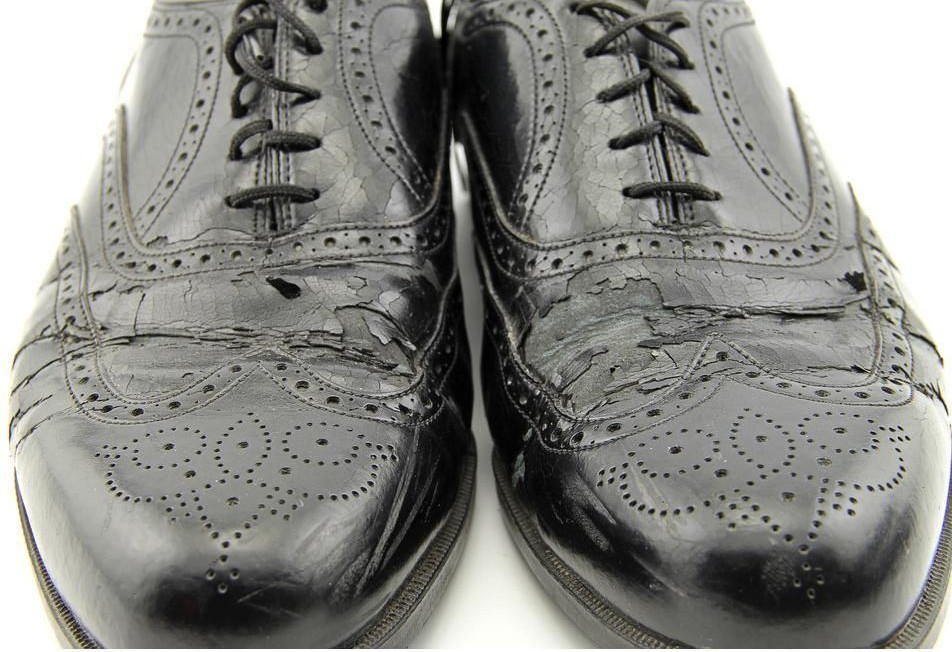
Nowadays, we don’t see too many innovations or design on bookbinder leather, but at its heyday, I even witnessed pebble grain bookbinder.

Although it cares not about stain, but scratch could be a deal breaker. Boxcalf can be repaired effortlessly with shoe cream, and Bookbinder cannot not.
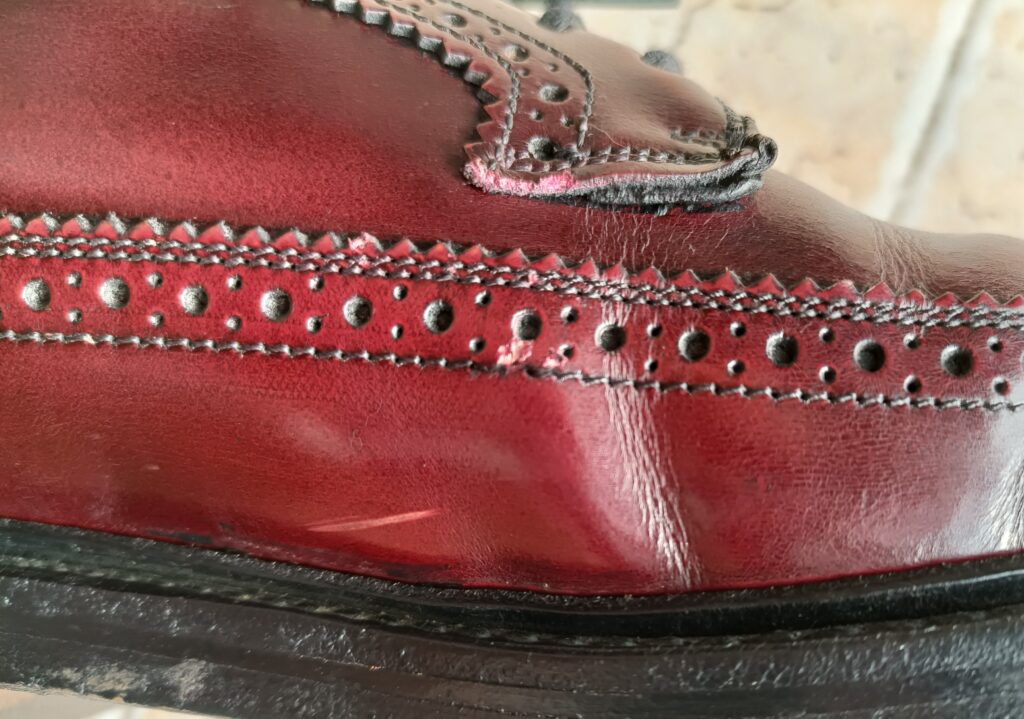
If I step back from the bias popular in shoe enthusiast community, is bookbinder leather really that bad?
A girl who loves Church’s told me it is shining and beautiful when questioned why she chose. That is right, yes? Another aspect is its utility, no matter what weather, bookbinder is a no-brainer.
When I was asked how to take care of bookbinder leather, I told clean it with damp cloth. I don’t feel any leather care products benefit to it.
But if you really want to take care of bookbinder leather shoes, what can you do?
I don’t think anyone talked this before, since bookbinder is the cheap option of shell cordovan, we can aplly wax just like what we do on shell to make it more shining, right?
